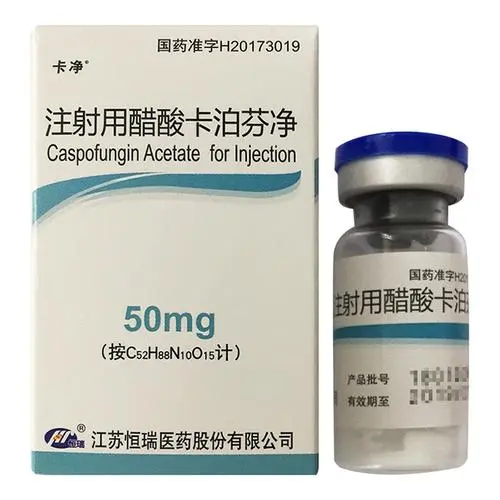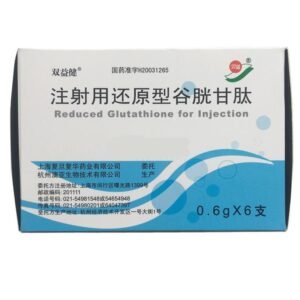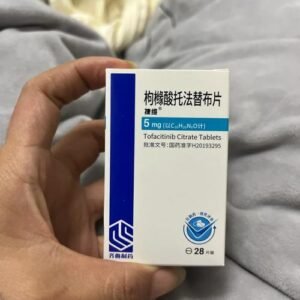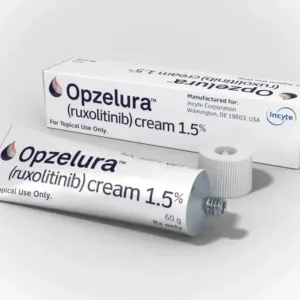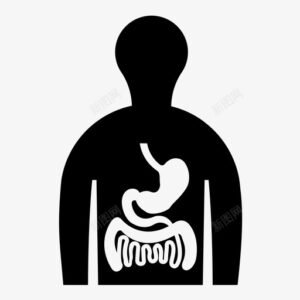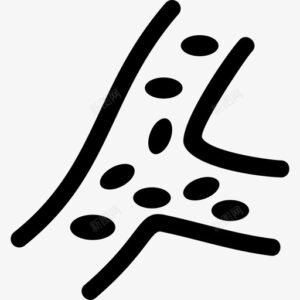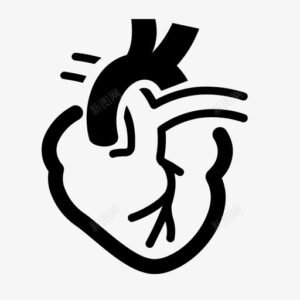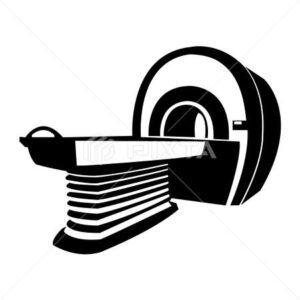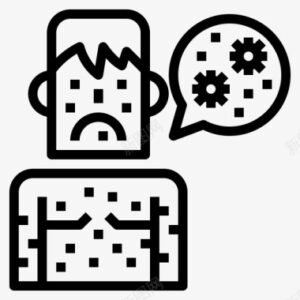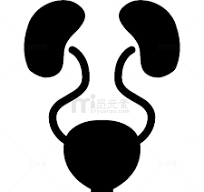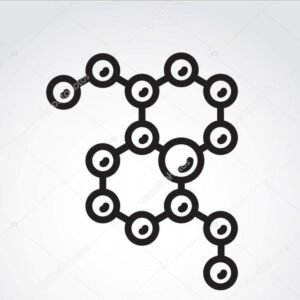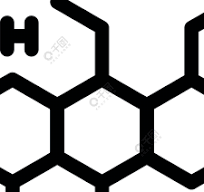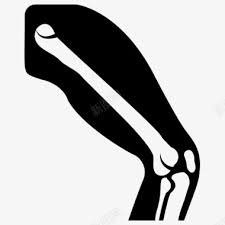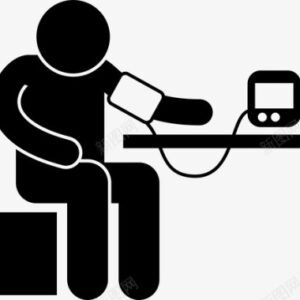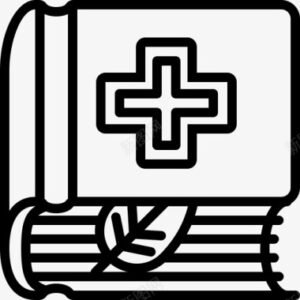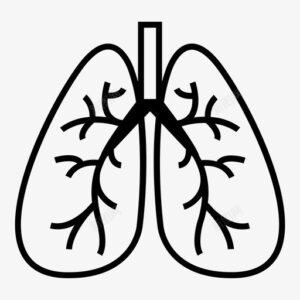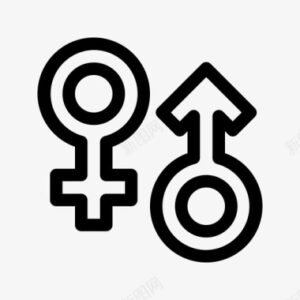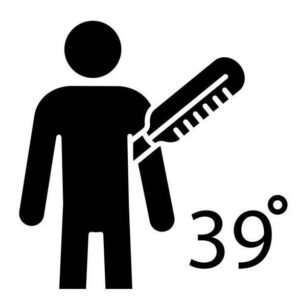Caspofungin Acetate for Injection
Effects and efficacy: This product is suitable for adult patients and pediatric patients (three months and older): empirical treatment of suspected fungal infections in patients with neutropenia and fever. Treatment of candidemia and abdominal abscesses, peritonitis and pleural cavity infections caused by Candida infection. The role of this product in endocarditis, osteomyelitis and meningitis caused by Candida infection has not been studied. Treatment of esophageal candidiasis. Treatment of invasive aspergillosis in patients who are ineffective or intolerant to other treatments (e.g., amphotericin B, liposomal amphotericin B, itraconazole). The role of this product as the initial treatment of invasive aspergillosis has not been studied. Dosage and administration: Instructions for use in all patients This product should be slowly infused intravenously for more than about 1 hour and cannot be administered by intravenous push. Since no data on the compatibility of this product with other intravenously infused substances, additives or drugs have been obtained, do not mix this product with other drugs or infuse it at the same time. Do not use any diluent containing dextrose (α-D-glucan) because the product is unstable in diluents containing dextrose. The recommended dose for adult patients (18 years and older) is usually 50 mg once daily (a 70 mg loading dose should be given first for most indications). Empirical treatment of suspected fungal infections in patients with neutropenia and fever: a single 70 mg loading dose on the first day, followed by a single 50 mg dose per day. The duration of treatment should depend on the patient’s clinical response. Empirical treatment should continue until the patient’s neutropenia returns to normal. Patients with confirmed fungal infections should be treated for at least 14 days; treatment should continue for at least 7 days after the neutropenia and clinical symptoms have resolved. If the 50 mg dose is well tolerated but there is a lack of effective clinical response, the daily dose can be increased to 70 mg. Candidemia and other Candida infections (abdominal abscesses, peritonitis, and pleural infections): a single 70 mg loading dose on the first day, followed by a single 50 mg dose per day. The duration of treatment should depend on the patient’s clinical and microbiological response. Antifungal therapy should generally be continued for at least 14 days after the last positive culture. In patients with persistent neutropenia, treatment may be longer until neutropenia resolves. Esophageal candidiasis continues with 50 mg once daily for 7 to 14 days after symptom recovery. A 70 mg loading dose has not been studied for this indication. Suppressive oral therapy should be considered because of the risk of recurrence of oropharyngeal candidiasis in HIV-infected patients. Invasive aspergillosis is treated with a single 70 mg loading dose on the first day, followed by a single 50 mg daily dose, and the duration of treatment should be determined based on the severity of the patient’s condition, recovery from immunosuppression, and clinical response. Recommended Dosage for Pediatric Patients [3 months to 17 years] For all indications, a single loading dose of 70 mg/m2 should be given on the first day, followed by 50 mg/m2 once daily. Regardless of the patient’s calculated dose, the maximum loading dose and daily maintenance dose should not exceed 70 mg. The dosage for pediatric patients (3 months to 17 years old) should be calculated based on the patient’s body surface area (BSA) using the Mosteller formula. After calculating the patient’s BSA, the loading dose (mg) should be equal to BSA (m2) × 70 mg/m2. The maintenance dose (mg) should be equal to BSA (m2) × 50 mg/m2. The duration of treatment should be individualized according to the indication, as described in the indications for adult patients. If the clinical response to the daily dose of 50 mg/m2 is poor, but the patient tolerates it well, the daily dose can be increased to 70 mg/m2 (not exceeding 70 mg). Patients with hepatic impairment No dose adjustment is required for adult patients with mild hepatic impairment (Child-Pugh score of 5 to 6 points). However, for adult patients with moderate hepatic impairment (Child-Pugh score of 7 to 9 points), it is recommended that the therapeutic dose of this product be adjusted to 35 mg once daily based on pharmacokinetic data after the first 70 mg loading dose. There is currently no clinical experience in adult patients with severe hepatic impairment (Child-Pugh score >9 points) and pediatric patients with varying degrees of hepatic impairment. Patients with renal impairment No dose adjustment is required for patients with renal impairment. Caspofungin is non-dialyzable; therefore, supplemental doses are not required after hemodialysis. Patients receiving concomitant treatment with drug clearance inducers The therapeutic dose of this product for adult patients receiving rifampin should be 70 mg once daily. The therapeutic dose of this product for adult patients receiving nevirapine, efavirenz, carbamazepine, dexamethasone or phenytoin is increased to 70 mg once daily. In pediatric patients, when this product is used in combination with drug clearance inducers (such as rifampin, efavirenz, nevirapine, phenytoin, dexamethasone or carbamazepine), the therapeutic dose of this product should be considered to be increased to 70 mg/m2 once daily (not exceeding 70 mg).
Drug contraindications:
Allergic to this product is contraindicated and should be used with caution during lactation
Related dosage forms:
Injection
Share:
Products
Our offers
Health Classification
Let us work together to protect precious health

